Wildlife medicine with Dr Chantal Whitten

My name is Fleur Morton, and I am a part of WildHub’s Conservation Catalyst programme, which is all about creating engaging content through interviewing experts in the field of nature and conservation about their expertise and experience. I joined this programme as a recent Master’s graduate who is passionate about the field of conservation, and I have great enthusiasm for learning all that I can from inspiring professionals while I begin my career. I have a lot of experience in researching many animal species from my Master of Animal Behaviour Psychology, and am beginning my career in animal and wildlife conservation. I was fortunate enough to have a conversation with Dr Chantal Whitten, Wildlife Veterinarian at Byron Bay Wildlife Hospital, about her extensive career as a wildlife veterinarian and conservationist. She shares her journey into wildlife medicine, what is involved in her day-to-day work, her hopes for the future in conservation and advice for early career professionals. Please find this conversation below.
Fleur: Could you tell me a bit about yourself? How long have you worked in the field of wildlife medicine and conservation? What made you pursue a career in this area?
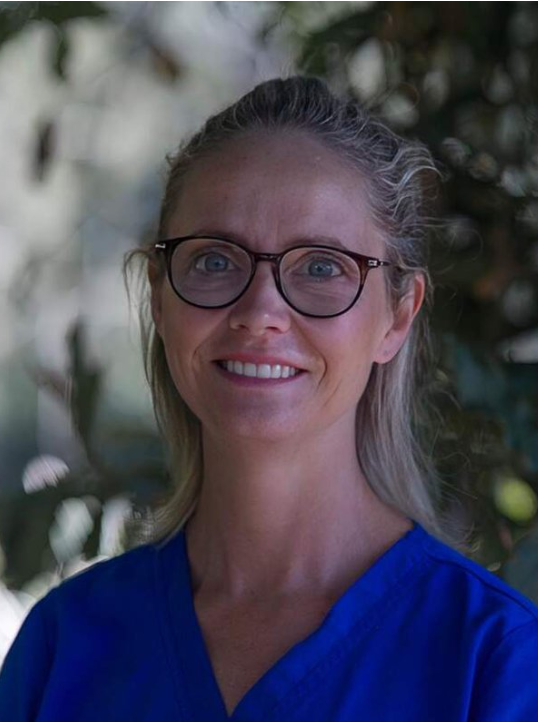 |
Chantal: I graduated vet school in 2000 and worked in small animal private practice until 2016. I always had the dream to become a zoo and wildlife vet and work in conservation. My passion for animals started when I left school, I got a job at Taronga Zoo working in the bird department as the food preparation person and occasionally I was asked to help with hand raising birds and do a feed here and there, and within 12 months I became a bird keeper. I did a sabbatical at Healesville Sanctuary in Victoria working with endangered avian species and when I came back to Taronga I embarked on my veterinary science career. In 2016 I got the job of my dreams working at a small private zoo on the south coast of New South Wales. Some changes happened in life, I started my own mobile practice and consulted for Sydney Zoo. I am now an associate veterinarian at Byron Bay Wildlife Hospital and for the last 3 years I work 100% with Australian wildlife. |
Fleur: Could you tell us what you're currently working on and about your current position at Byron Bay Wildlife Hospital? What does a typical day look like there?
 |
Chantal: We're a wildlife hospital that operates out of a semi-trailer, a vehicle that's about 12 metres by three metres so it's a pretty confined space. It was designed by our CEO after the 2020 bushfires, a hospital on wheels so we'd be able to turn up to natural disasters to help wildlife. We are a fully functioning non-profit wildlife hospital and I have been an associate veterinarian there for three years. The biodiversity in the area is amazing, it's so variable what we can see, from various snakes, to sea turtles to marsupials like bandicoots, echidnas, and many species that are threatened.. We triage the animals and treat them based on their needs. We are a fully equipped hospital, with a wide range of equipment like an endoscope suite, digital x-rays, pathology, and ultrasound, it is a pretty special place. It can be very intense at times, animals can come in with horrific injuries, mostly from human impact which is hard to cope with at times. (For more information about the Byron Bay Wildlife Hospital visit their website: https://www.byronbaywildlifehospital.org/) |
Fleur: Do animals then get referred to sanctuaries sometimes for rehabilitation?
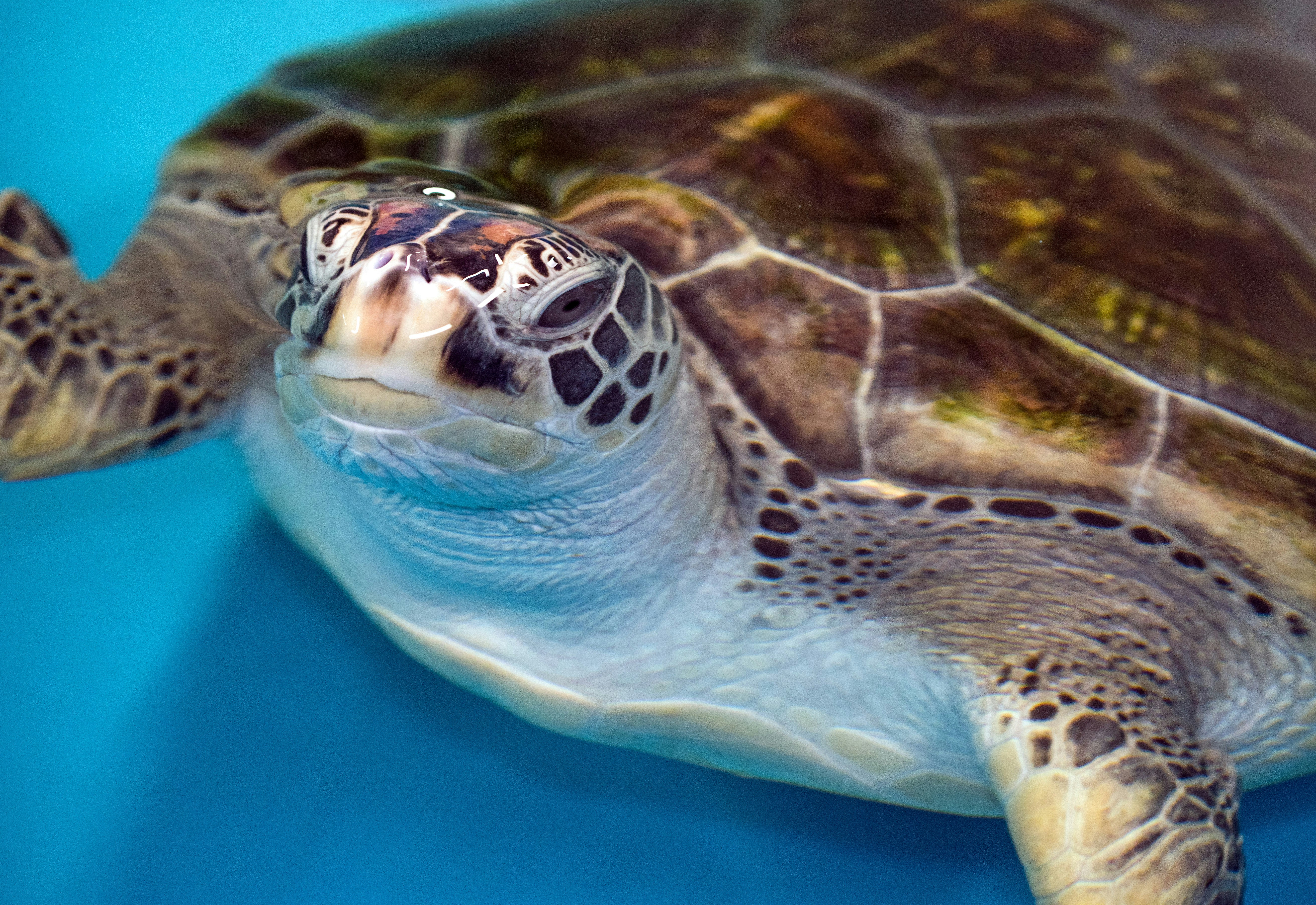 |
Chantal: It depends on their needs, some animals recover in a few days and can be released, and some will go to wildlife care groups for rehabilitation. We work closely with WIRES, Northern Rivers Wildlife Care Network and also our local seabird and turtle rescue organisation. There are a couple of stages to the rehabilitation process. Those organisations are run by volunteers mostly, we rely heavily on the good nature of people to help out with wildlife. (For more information about these organisations visit their websites: https://www.wires.org.au/branch/northern-rivers, https://www.wildlifecarers.com/, and https://seabirdrescue.org.au/) |
We heavily rely on the good nature of people to help out with wildlife (Dr Chantal Whitten, Byron Bay Wildlife Hospital)
Fleur: What would you say you're most passionate about in wildlife medicine?
Chantal: I think that's really evolved over the years. Initially my passion was working with so many different species and being in such an interesting line of work, but it has grown and evolved while working with native Australian species. I now want to do less clinical work and try to help to find solutions to protect them and improve their survival in the wild.
Fleur: What would you say are the essential skills needed for a career in wildlife medicine or veterinary practice?
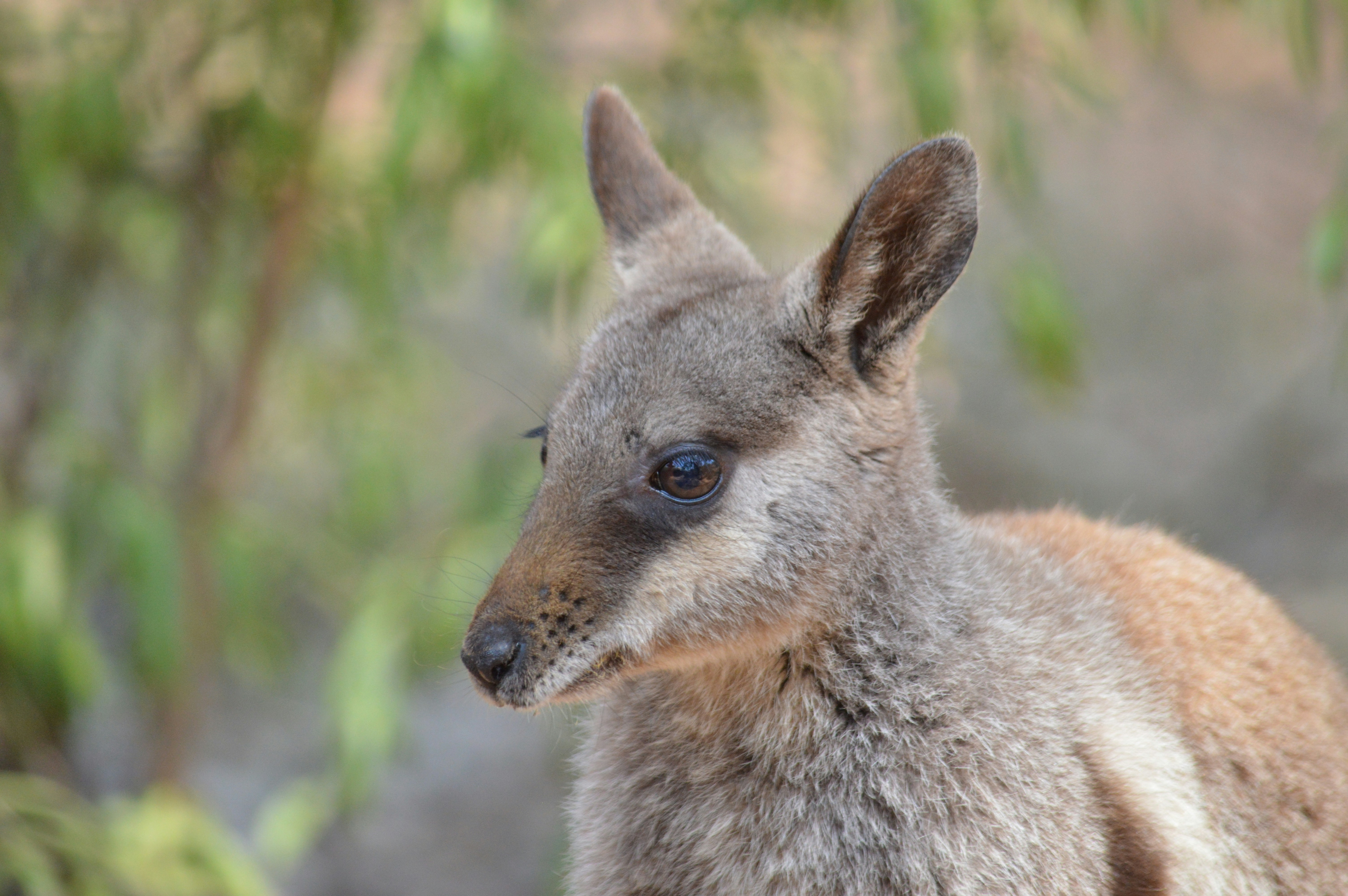 |
Chantal:
Not that it's a skill but passion is definitely essential. I think you need to be compassionate and empathetic and also have the willingness to work long hours, it's about having an interest in finding out how these animals function and what we can do to help them to survive in a world that is dominated by humans and changing all the time. |
It's about having an interest in how these animals function and what we can do to help them (Dr Chantal Whitten, Byron Bay Wildlife Hospital)
Fleur: So you have a very comprehensive background working in different zoos and environments, where would you say you have learned the most and where was the most rewarding to work and is it where you are now?
Chantal: They've all been so rewarding and I'm still learning so much all the time. Zoos and wildlife hospitals are such different environments. In a zoo environment you're trying to provide stimulation and fulfil all those positive welfare aspects of their lives. When the animals become unwell, there's more risk when treating zoo animals, you can't always be hands-on with them. In a wildlife hospital you're treating animals that live in the wild which has its own separate challenges. So both environments have been very different, and I'm still learning so much every day, which is great.
Fleur: So tell me a bit about your work with the regent honey eater population, how did you begin conservation work with them?
.jpg) |
Chantal:
That project has been going since the mid-90s, I worked with them when I was a bird keeper at Taronga Zoo. My role with other keepers, all ethics-approved, was to collect nestlings from the wild in New South Wales and Victoria and bring them back to Taronga to rear them. Eventually we had a founder population of regent honeyeaters and there have been multiple generations since, so the project has been very successful. The population is still however critically endangered in New South Wales and Victoria due habitat loss, fragmentation and degradation due to clearing land for agriculture and development. |
Fleur: What would you say is the key species in conservation you are most passionate about?
Chantal: I definitely have a few key favourites but I would probably say birds, I knew nothing about them when I started as a keeper and they have completely blown me away, they inhabit virtually every part of the world and they are all so different. I just visited Lord Howe Island which is a UNESCO World Heritage site off the coast of New South Wales and it is a seabird nesting site, it is so full of bird life. It has been made rodent-free thanks to an amazing project as well, and those are the kinds of projects I would love to be involved in too.
Fleur: What progress are you hoping to see in the next 10 years in wildlife conservation and medicine?
Chantal: There are so many things impacting wildlife so this is a hard one but I think we are working towards a more holistic approach, with more indigenous involvement in decision making for example. I also think vets need to be involved in a lot more decisions that are made because we are fixing issues with animals that come into our care and then sending them back out into fragmented environments and habitats that aren't being repaired, we still have a long way to go with these issues.
Fleur: What are your ultimate career goals in wildlife medicine and conservation?
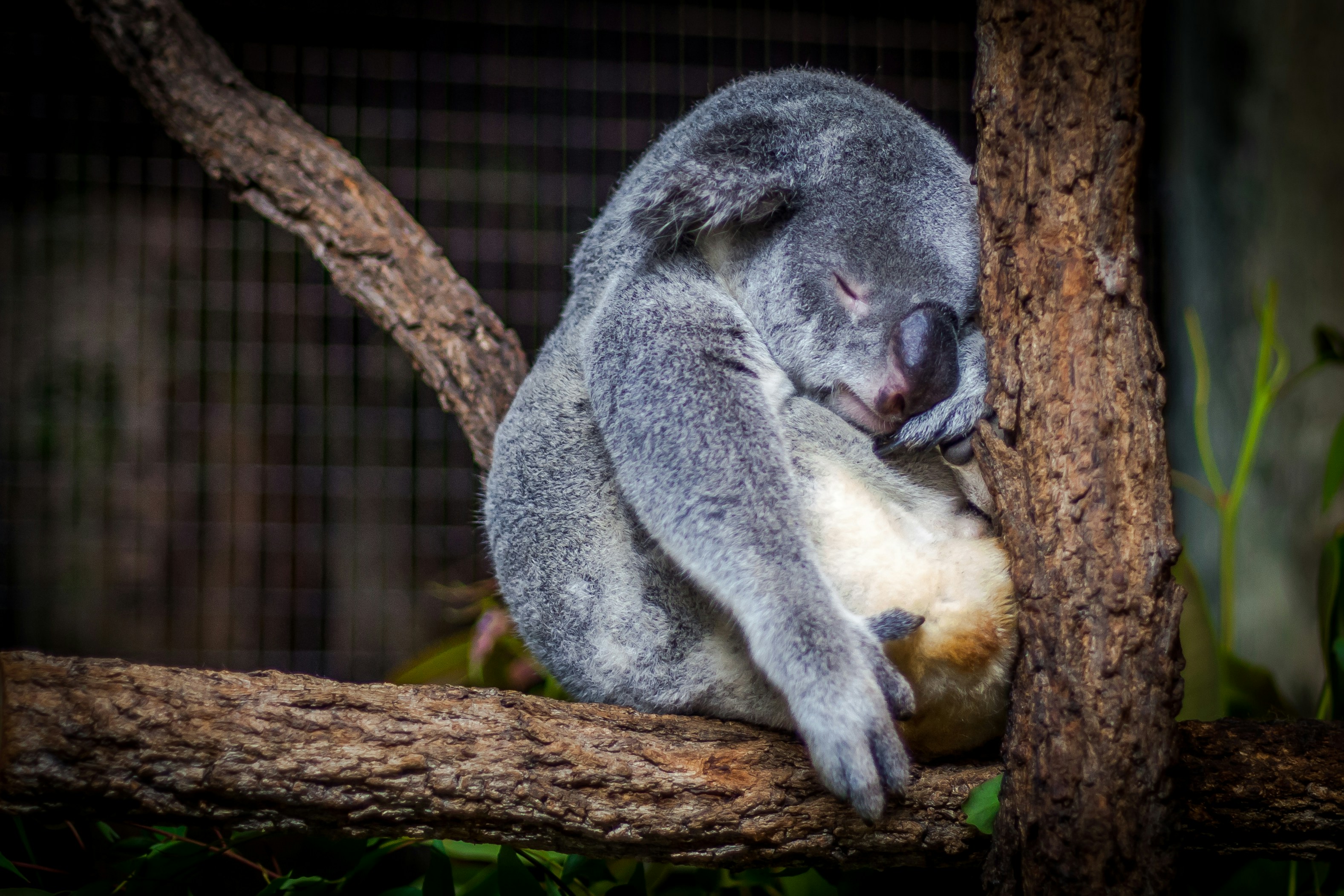 |
Chantal: I'm really interested in veterinary and wildlife ecology so I'm exploring that and seeing if it is somewhere I'd like to go in the future. The challenging thing about wildlife medicine is we euthanize a lot of animals, and that really weighs on you and is quite sad. I'm not sure how long I will be able to continue with that, but I would love to transfer my skills and use my knowledge and become involved in conservation planning.
|
Fleur: What advice would you give early career professionals looking to make a difference in wildlife conservation and medicine?
Chantal: I think the best advice for young ones is to get as much information as you can. If you want to pursue medicine you definitely need to get the veterinary skills on small and large animals and then apply it to wildlife if that's the path you'd like to go down. If not, I would say volunteer, see what you enjoy doing - there are so many ways to get involved and you need to find your specific passion in this field and get stuck in.
Fleur: Have you ever worked in any other countries and how do you feel Australia and New South Wales as a state might differ from other areas in terms of goals and practices in wildlife?
Chantal: I've worked as a veterinarian in the UK with small animals. I have volunteered in Borneo and Indonesia working with Orangutans. I have also worked in Western Australia with honey possums, bats and reptiles. The species are different from place to place, the main difference is between developed and less developed countries. I find people have the same passion but there are less resources at your disposal in developing countries and it is more likely that traditions, religion and customs may influence the care that the wildlife receive.
Fleur: Finally, what made you begin work with the Orangutan Foundation and what is your experience of that?
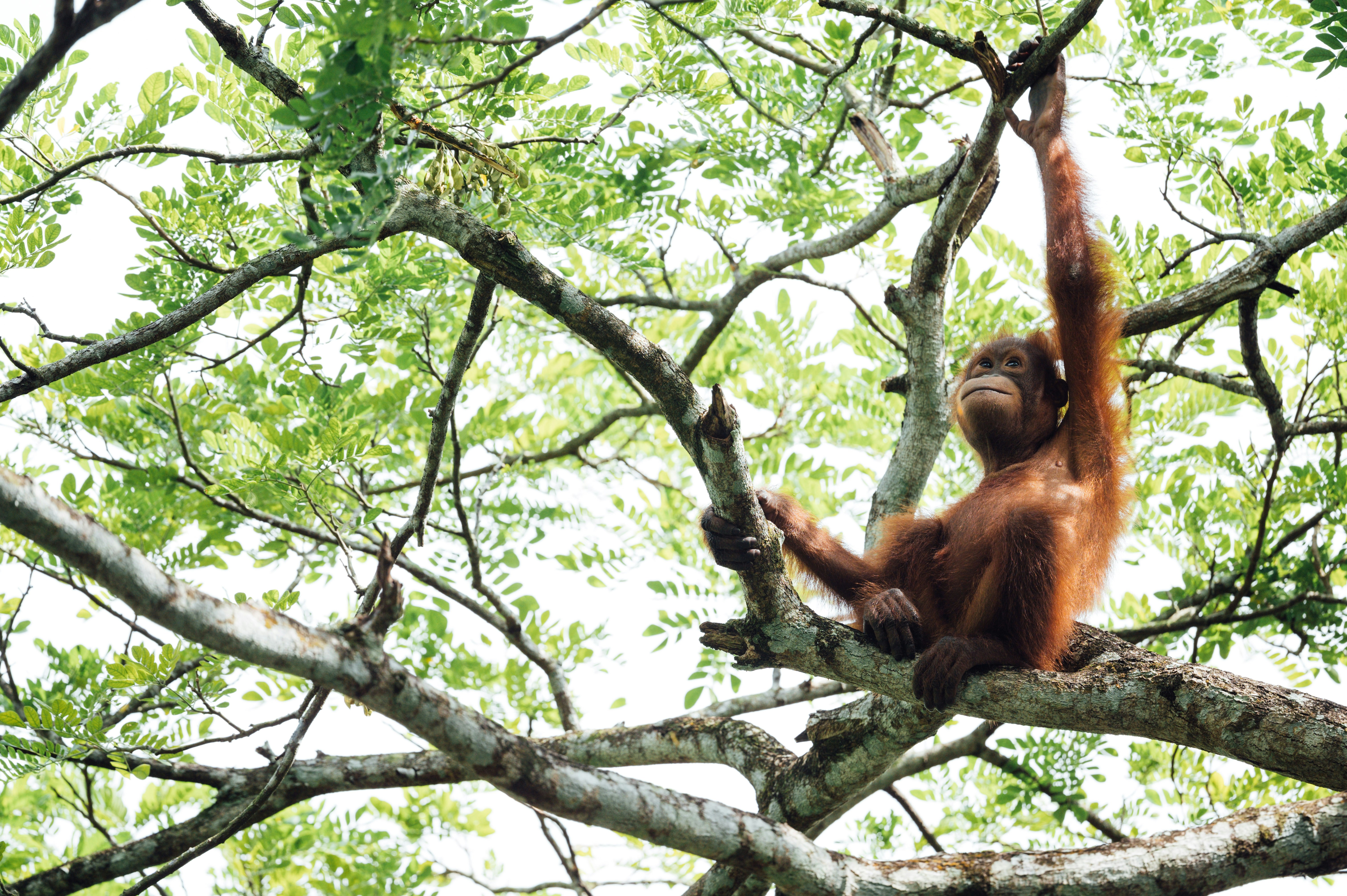 |
Chantal: In 2023 I was asked by OFI to go to Borneo and assist vets with diagnosis and treatment of dental problems in their orangutans. I had previous experience doing this for another organisation many years ago. My work also involved training the vets in the use of dental x-ray equipment, dental extraction tools, and to create preventative medicine plans. Dental disease is common in non-human primates in human care. Providing the correct diet can help to reduce disease causing pain and infection. As an ambassador now I'm available for assistance they might need with any cases. Looking at the bonds the carers have with these animals is incredible. They devote years to individuals to get them ready for release back into the wild. Watching these creatures that share so much of our DNA as well as seeing their habitat so threatened really gets to your heart. |
Watching these creatures that share so much of our DNA as well as seeing their habitat so threatened really gets at your heart (Dr Chantal Whitten, Byron Bay Wildlife Hospital)
A huge thank you to Dr Chantal Whitten for chatting with me about her meaningful and diverse career in wildlife medicine and conservation. It was very inspiring to hear her story - the impressive way she worked her way up the ladder in this field, how her journey has shaped her view on conservation as a whole, and how a meaningful career in wildlife medicine has impacted her and taught her so much. We can make a huge difference in wildlife in many different ways, and it was very eye-opening to hear about all the different avenues in which Chantal has done incredible work and learned so much about the creatures we share the earth with.
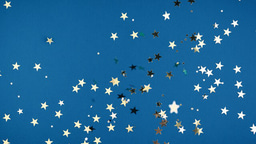

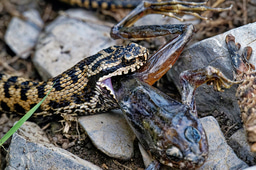

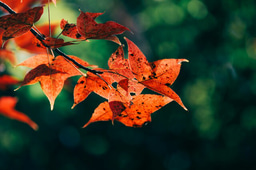
Please sign in or register for FREE
If you are a registered user on WildHub, please sign in